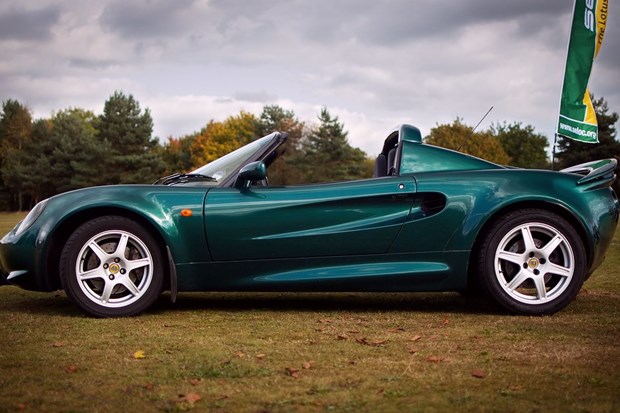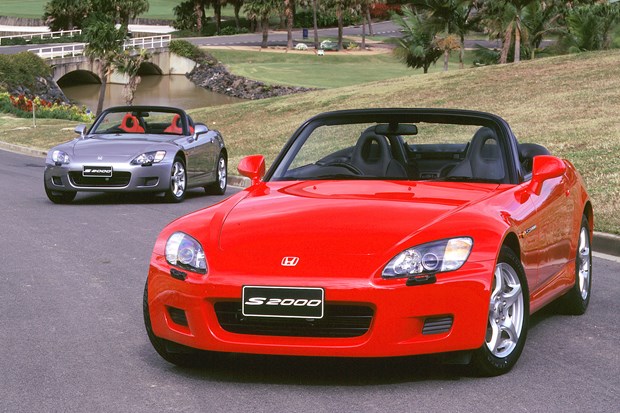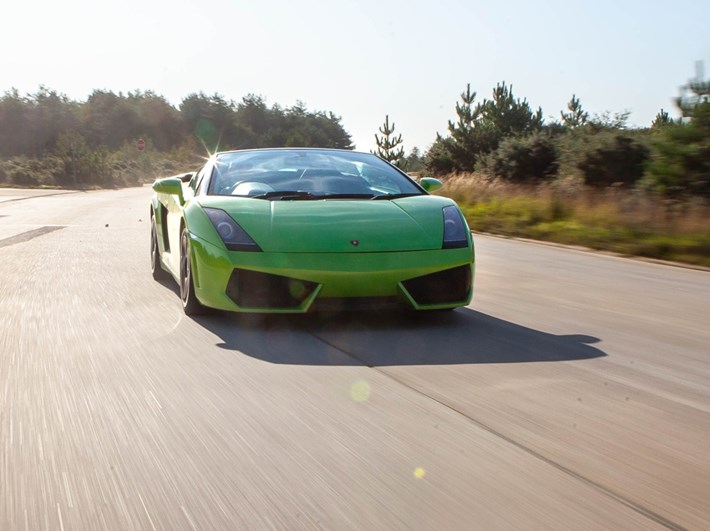
Overview
The Gallardo was only the second Lamborghini to be designed under Audi’s stewardship and fears of it becoming a watered-down version of the brand’s usual mad but exciting supercars were quickly discarded.
The very first Gallardo coupe was launched in 2004, its 5.0-litre V10 pumped out a class-leading 368kW to all four wheels and could be had with either a traditional six-speed manual or a single-clutch automatic transmission dubbed e-gear.
From that point on there were notable updates and changes carried out on an almost yearly basis until production ended in 2013. There were almost 20 Gallardo models in total, including limited-edition variants such as the desirable two-wheel-drive LP550-2 Balboni and track-ready LP570-4 Supperleggera. Engine capacity was upped to 5.2-litres in 2008 and power outputs rose incrementally over the years, topping out at 419kW.
While the Audi connection has added a level of reliability into the Lamborghini supercar formula, don’t expect similar servicing costs, after all, the Gallardo is still a proper Lambo with much of the quirks and traits that come part and parcel with a highly-strung mid-engined sports car.
With over 14,000 units sold globally, the Gallardo remains the best-selling model in Lamborghini’s long history. That makes for a lot of choice in the used car market but there are still plenty of things to be aware of before making the plunge.
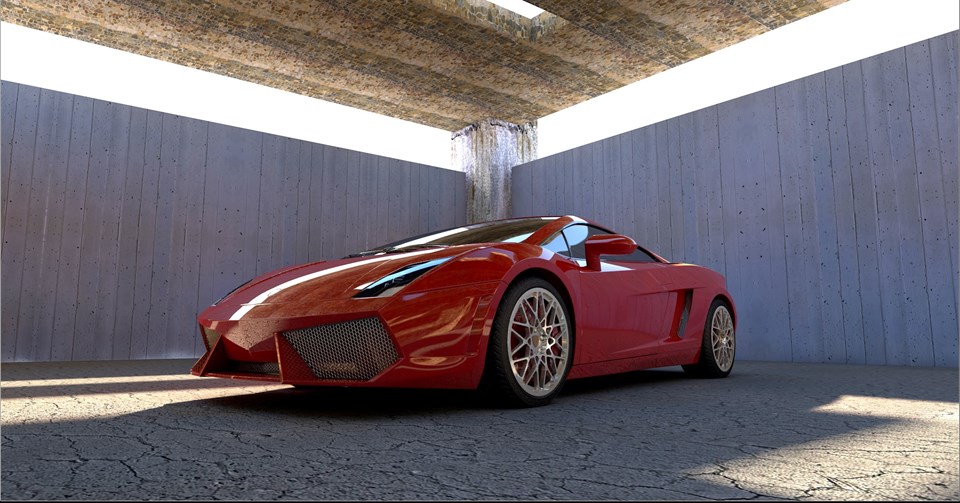
What To Buy
A big production run (by Lamborghini’s standards) and a comparatively reasonable price point (once again, compared to Lambo’s usual V12 models) mean that there are plenty of cars still on the road but there are also many Gallardos out there with high mileages and multiple previous owner
As a result, prices vary as does the quality of what is out there, bookended by heavily modified cars and early models with big mileages on one end and delivery mileage garage queens on the other.
Keep an eye out for track abused examples or ones that seem tired compared to the claimed mileage. In general, the later models (especially post-2008) are the ones to have thanks to the continuous updates and refinements over the years. Models like the LP570-4 Spyder Performante and both Superleggera variants are always going to command big numbers as is the very desirable LP550-2 Valentino Balboni-the only rear-wheel-drive Gallardo produced (aside from a handful of one-off specials). Finding one of these special edition cars in South Africa may be difficult, though. While the manual transmission cars offer an extra layer of driving involvement, they generally command a premium as the majority of Gallardos were equipped with the e-gear transmission.
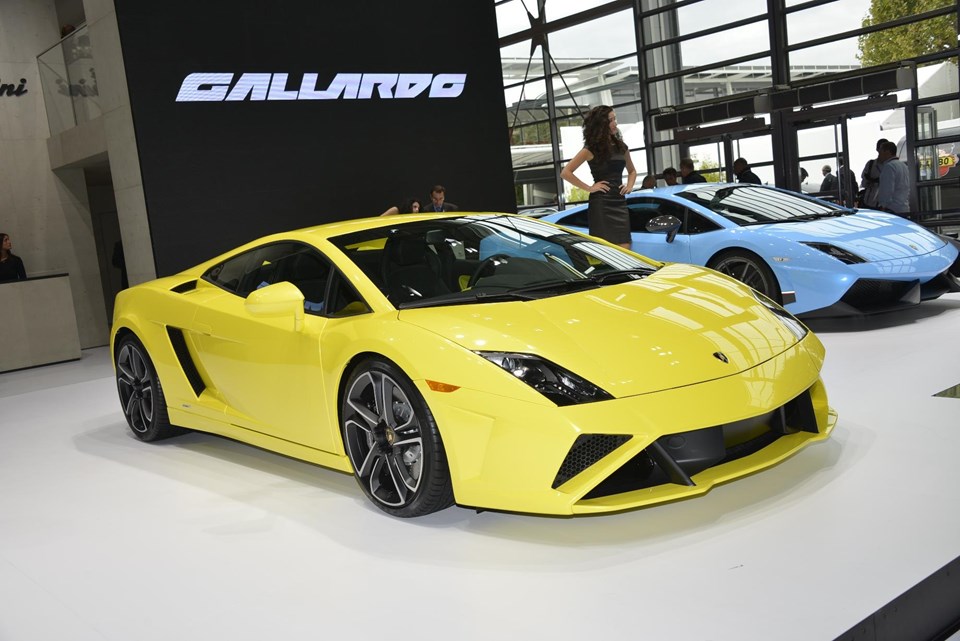
Checklist
The first batch of 5.0-litre V10s (2004-2005) have been found to have weaker conrod bearings than later cars that had upgraded components. Oil pump issues also plagued the earlier cars, so check that the oil pressures are correct and carry out a compression test if anything is suspect.
Sticking throttle bodies are a relatively easy fix by a specialist but they do indicate that the car has spent much of its time idling around high streets instead of being driving as intended.
The 5.2-litre engines introduced in 2008 offered more power and had direct injection, no recurring issues have been noted with these motors as of yet.
The rare manuals are a treat but can be notchy in operation but are reliable and not prone to issues. The e-gear is a single-clutch automated manual, nowhere as harsh as the unit fitted to the Aventador, it was specced on around 80-percent of Gallardos. The shifting action was still a bit rough on earlier cars, though.
Facelifted models have a revised setup that gives smoother shifts, software updates can be applied to earlier cars which helps and upgraded clutches were also introduced over the years. Clutches are pricey to replace and the flywheel generally needs to be done at the same time too. Their lifespan is driver dependent and can be as short as 8,000-km.
The suspension setup is largely trouble-free but check for any cracked bushes or uneven tyre wear which may indicate worn shocks or bad alignment. The optional lift system can fail if unused and the anti-roll bar bushes can exhibit excessive wear which is cured by fitting uprated items available from the agents.
Steel brakes of varying diameters were fitted to the majority of cars, carbon-ceramic brakes were an option from the 2007 MY. Both setups work well although replacing the carbon ceramic setup is pricey. Aftermarket wheels are not uncommon but this can affect resale value so be sure to have the originals included in the sale if possible.
The aluminium chassis is lightweight but repairs to it or the body panels is pricey. Check for evidence of accident damage and make sure the panels all align properly. Wraps are a popular modification on these cars and they can hide a number of bodywork issues so approach with caution.
The Audi-sourced switchgear is hard-wearing, and everything should work as expected. Unlike in previous Lambos, the aircon actually blows cold air and the only wear and tear on low mileage models should be on the driver seat base and bolsters.
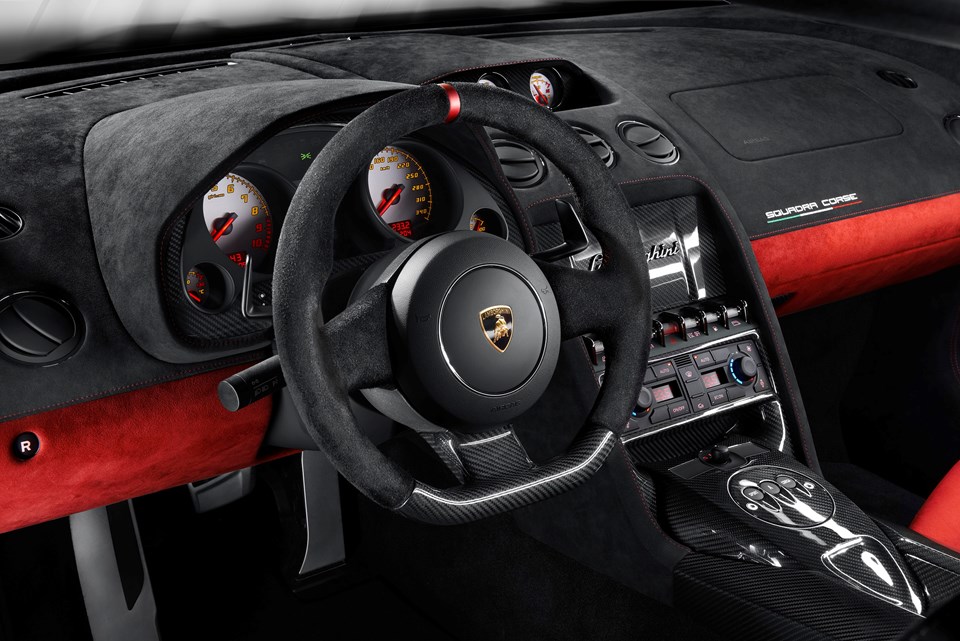
Production History
2003: Lamborghini Gallardo coupe introduced with a 368kW 5.0-litre V10 in 2003 as a 2004MY model. Six-speed manual and six-speed e-gear transmissions were available.
2005: Detail changes to gear ratios, exhaust, suspension and steering introduced. Power now up to 383kW.
2006: Gallardo Spyder unveiled
2007: Gallardo Superleggera released, lightweight panels reduced kerb weight by 110 kilos. Power was up to 390kW. 618 units built globally.
2008: Second generation Gallardo unveiled. New 412kW 5.2-litre V10 replaces old unit. Updated E-Gear transmission now incorporates Corsa mode for quicker shifts. Both coupe and spyder variants available.
2009: Valentino Balboni LP 550-2 model released. Available solely in RWD and six-speed manual transmission. 250 produced globally.
2010: New Superleggera introduced, offering 419kW and cutting a further 42 kilos off the previous models kerb weight.
2013: Production of the Lamborghini Gallardo comes to an end (sold as 2014 MY models) with the final figure of cars built at just over 14,000.
A number of special edition models were built over the years, generally differentiated by unique colour options and customisations.
Specifications (5.2-litre facelift)
Engine: 5.2-litre V10
Power: 412-419kW
Top Speed: 325-328kph
0-100kph: 3.4-sec


